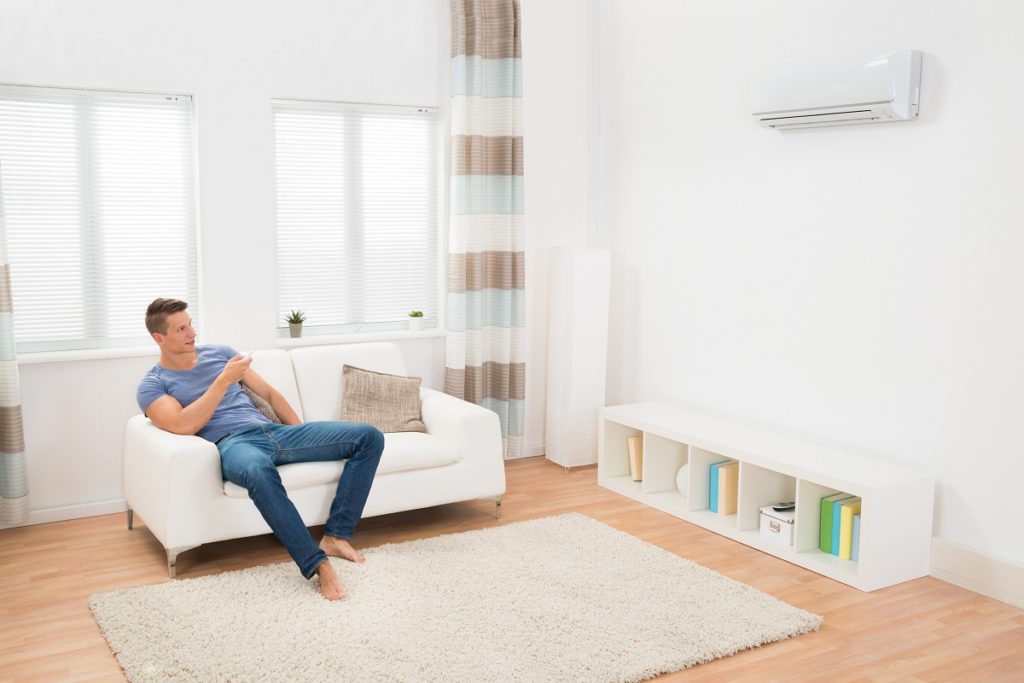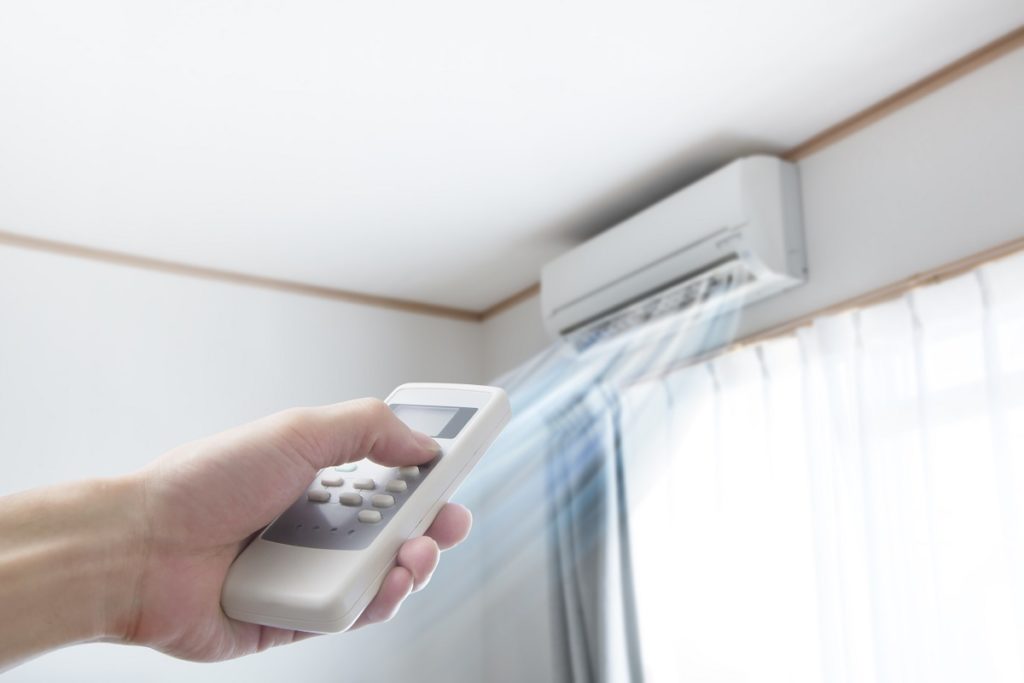
Various types of air conditioners cater to different spaces and budgets. Even though cooling takes up only 6% of household energy, it’s important to know which type of AC is the most efficient for your home. Choosing the wrong unit can lead to higher electricity bills and even discomfort while using them.
Here are important things to consider before buying your new air conditioning system:
Cost and Energy
Whatever type of air conditioner you choose, the U.S. Department of Energy recommends buying a unit with an Energy Star label to make sure that your AC will be easier on your bills. Units that use spot cooling are also more affordable than the ones that use zone cooling, in terms of upfront, energy, and maintenance costs.
Spot Cooling
- Window units cost about $125-$422 to install, depending on the size of the unit and the space that it will cool.
- Portable air conditioners cost about $400-$650, while commercial-grade ones are around $2,500 – $7,000.
- Evaporative coolers cost about $100-$850 for portable units, depending on size. Large evaporative coolers can cost upwards of $2,500 to install.
Zone Cooling
- Ductless mini-split systems usually cost as much as $1,500-$2,000 to install, which largely depends on the number of indoor units that will be used.
- Central air conditioners can go up to $3,800-$7,300 for installation, which also depends on the number of outdoor and indoor units that will be installed.
Ease of Installation
Installing your AC the wrong way may result in inefficient cooling or even fire. The National Fire Protection Association (NFPA) reported that HVAC systems cause one-fifth of electrical fires.
American Comfort Air recommends that you ask for help from HVAC professionals when it comes to installing your air conditioner.
- Window units only need to be installed through a wall or a window for its vents to take air in from outside. They’re great if you want to upgrade your existing window air conditioner, as you only need to swap them. However, make sure that they have the same dimensions.
- Ductless mini-split air conditioners are more challenging to install than the window type. They have outdoor units that need to be firmly fixed on the ground, indoor units that have to be mounted on the wall, and tubes that connect them through a wall. They’re great for homeowners who want minimal work done on their home. Tubes are usually not as invasive as window units or ductwork.
- Central air conditioners and large evaporative coolers are the most difficult to install. You’re going to need help from professionals to design and install ductwork for your central AC system. Though they require minor renovations, central units have discreet designs that blend well into the layout of your home.
Form Factor
For small spaces such as apartments or individual rooms, it’s best to use units with small form factors like the room and ductless mini-split ACs. You can also opt for a portable evaporative cooler for humid areas.
- Room air conditioners come in window or portable types. A window unit is mounted on the wall or window, while the portable unit can be moved around to other areas of the house.
- Ductless mini-split ACs have low-profile indoor and outdoor units that connected via tubes. Indoor units often have a profile of around seven inches and can be mounted on a wall or hung from a ceiling.
- Portable evaporative coolers are moveable, like portable air conditioners. Their main difference is their cooling capability.
For large spaces and houses with many rooms, it’s efficient to use central air conditioners or bigger evaporative coolers.
- Central air conditioners are larger versions of mini-split ACs. They have bigger outdoor units and heftier cubed indoor units. They are also connected by a series of ducts instead of tubes.
- Larger evaporative coolers can also be transported from one room to the next, and some units need ducts. They’re great for homes with open floor plans, as one central unit can cool an entire space from one open room to another.
Cooling Capability

The cooling capability of your air conditioner also depends on its form factor. Bigger units often mean a broader cooling scope. Some types can cool many rooms at once.
- Room air conditioners (window and portable units) and portable evaporative coolers make use of spot cooling for small spaces and enclosed rooms.
- Central, ductless mini-split systems, and large evaporative coolers are used for large spaces and can create a comfortable temperature in different parts of the house. This is because one outdoor unit can provide cooling to many indoor units through a series of ducts (central systems, evaporative coolers) or tubes (mini-split systems)
It’s important to note that the best way to manage energy costs is to buy and install units according to the size of your home. Spot cooling units have lower energy costs than zone cooling ones, as they efficiently cool small spaces. ACs that are too big for their area are less efficient.
Nevertheless, buying air conditioners that are Energy Star stamped helps you reduce your energy consumption, and therefore expense, no matter what type you use. After all, units with this label are up to 15% more efficient than the average unit.
Considering these factors along with proper maintenance is the best way to keep your home cool, comfortable, and healthy.

